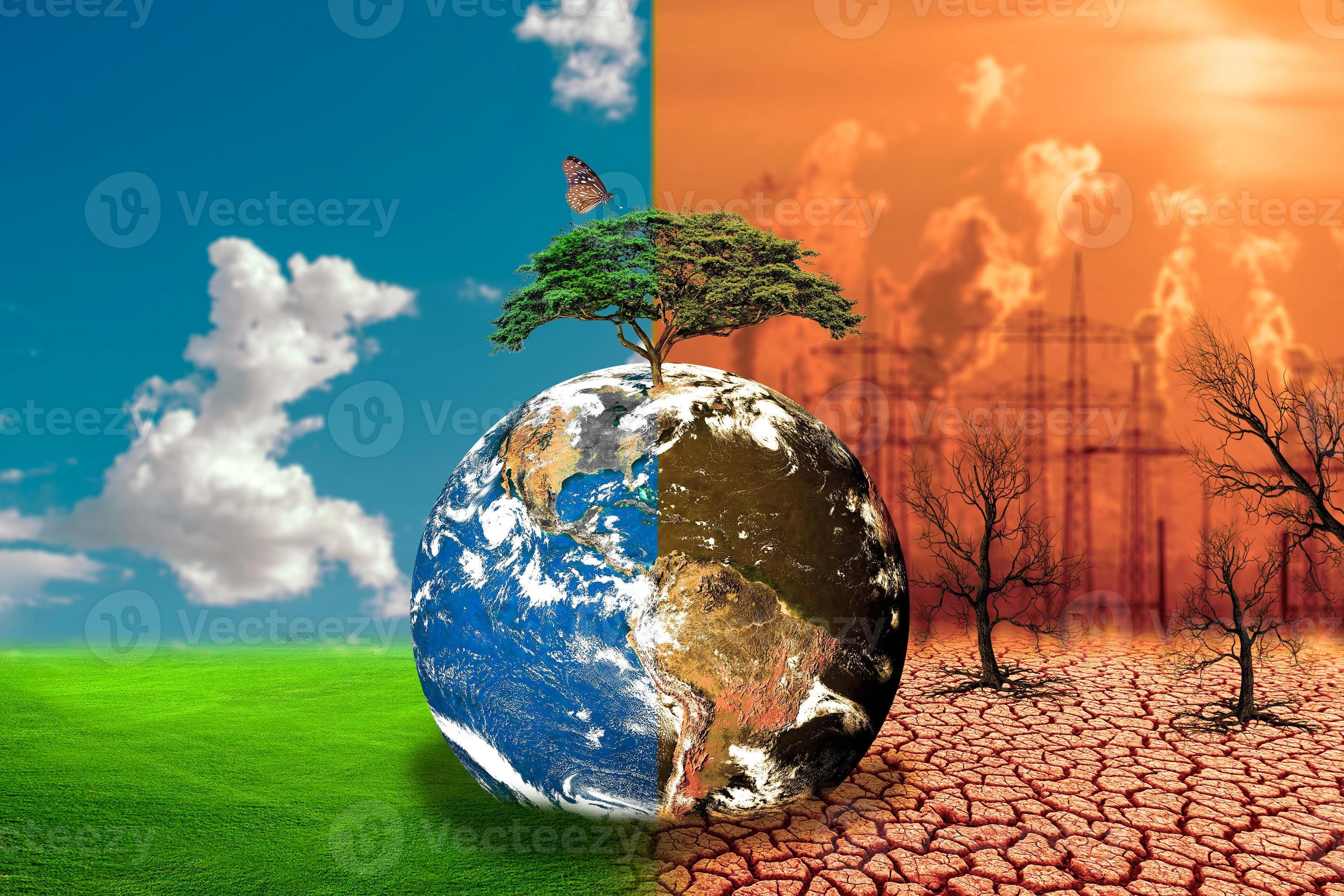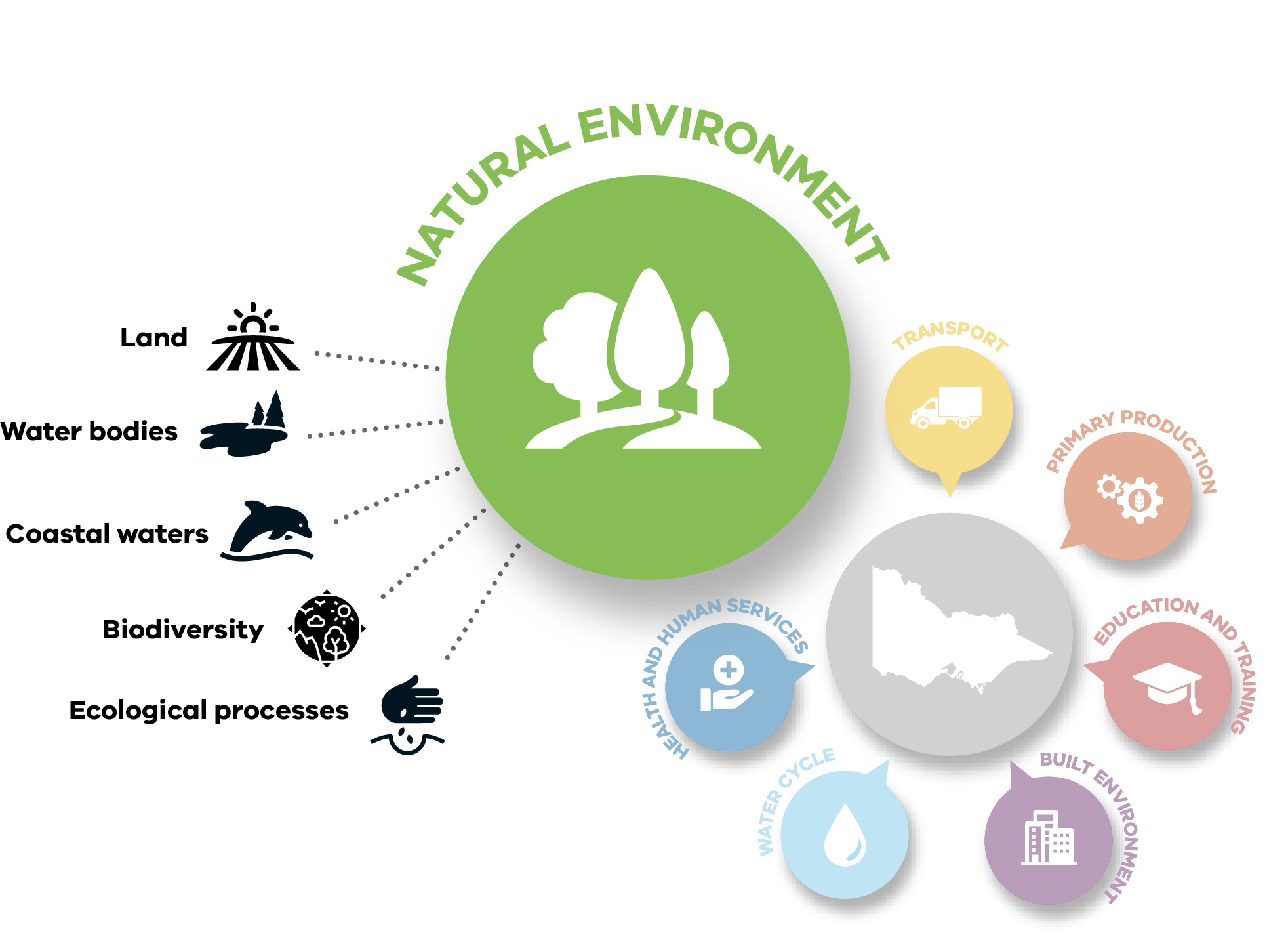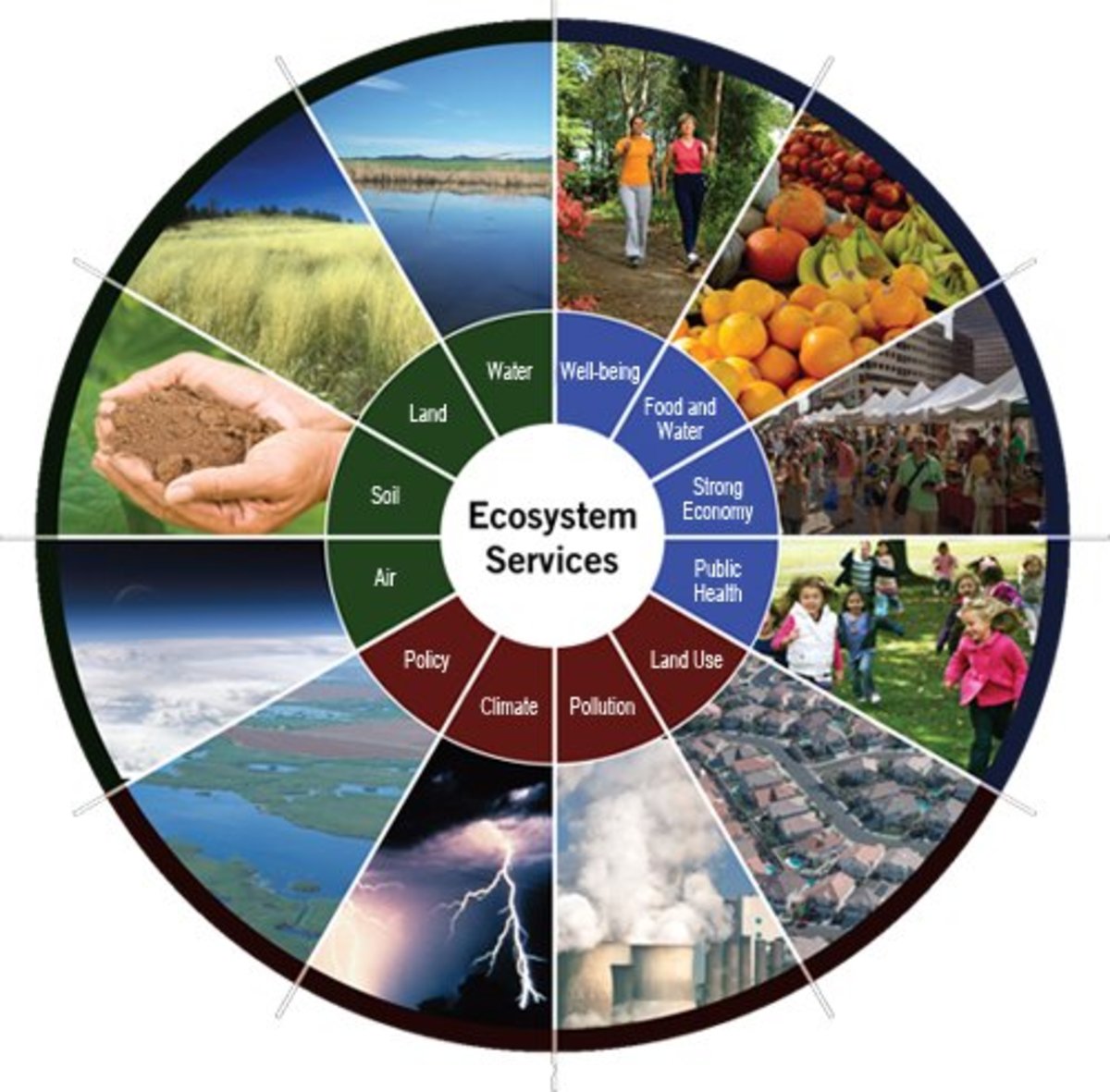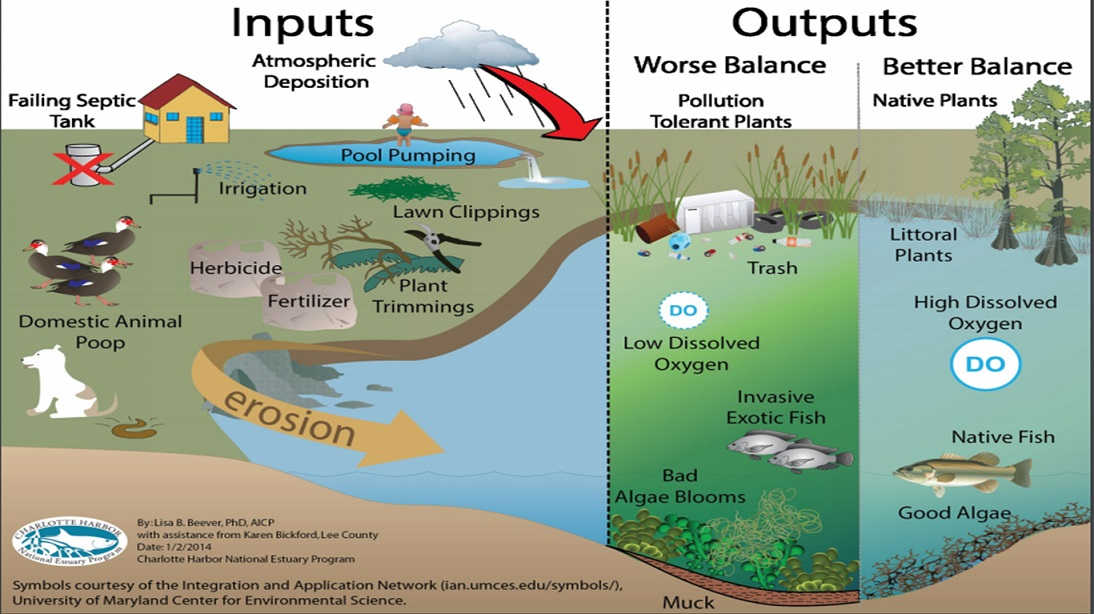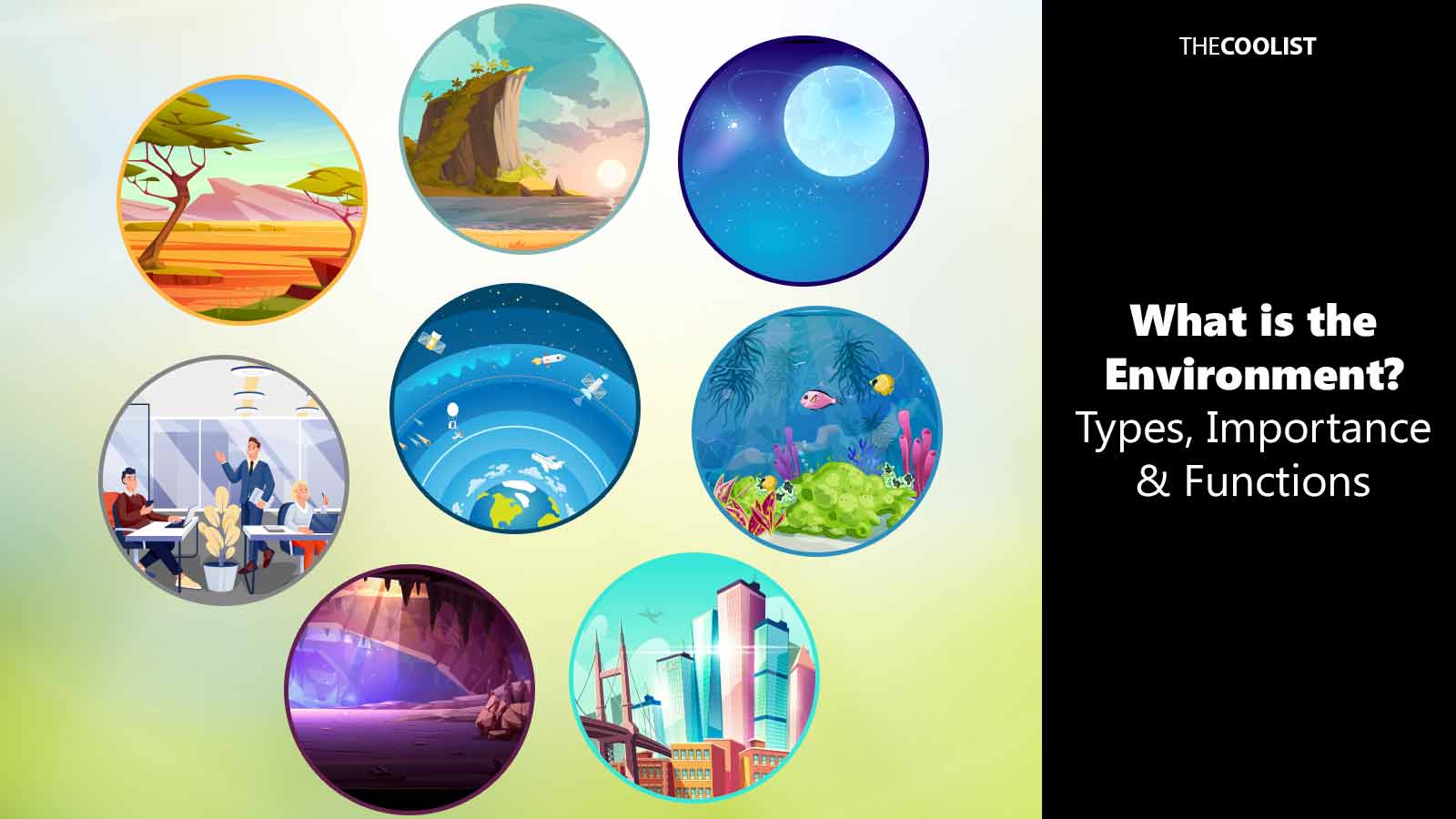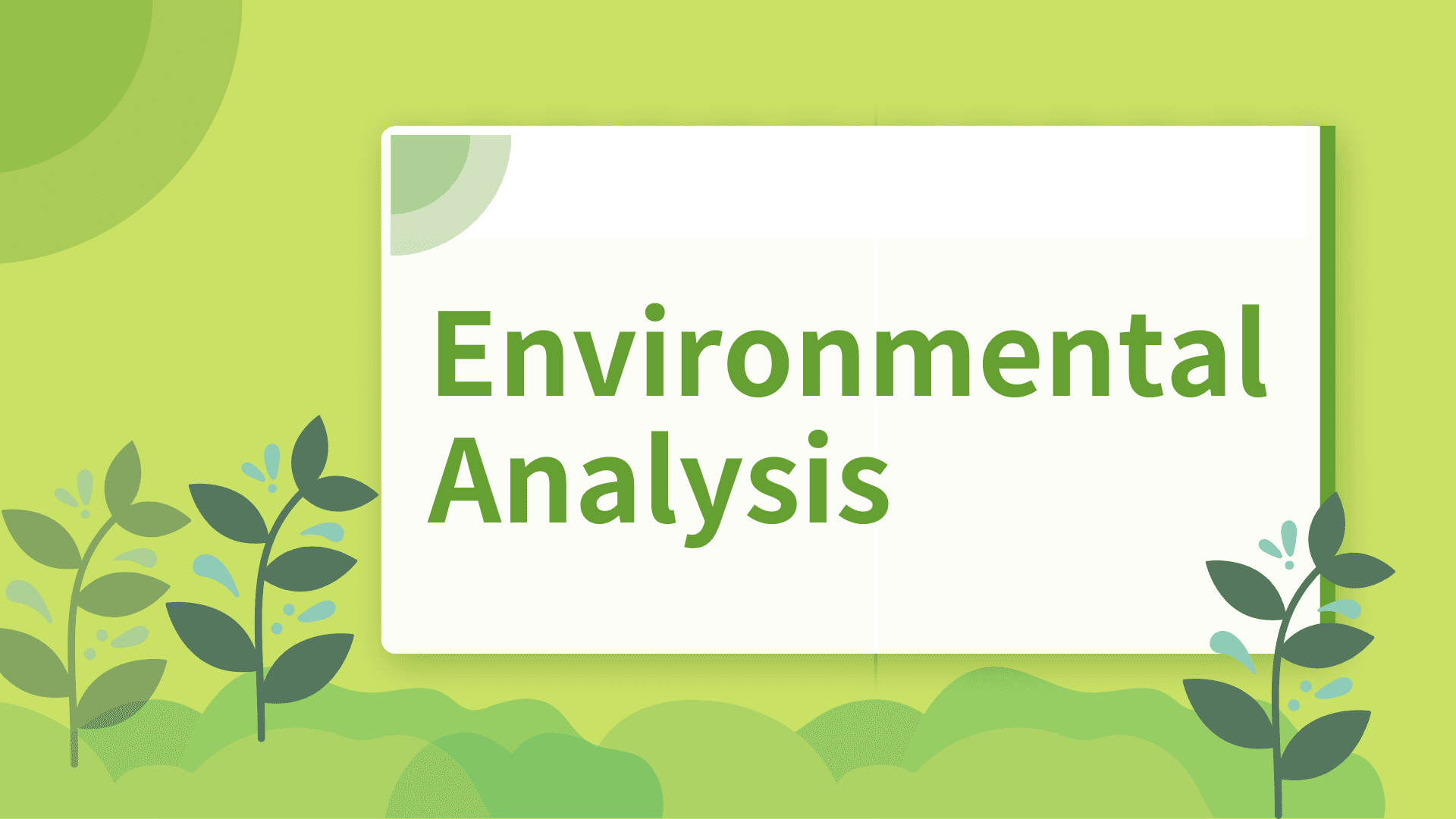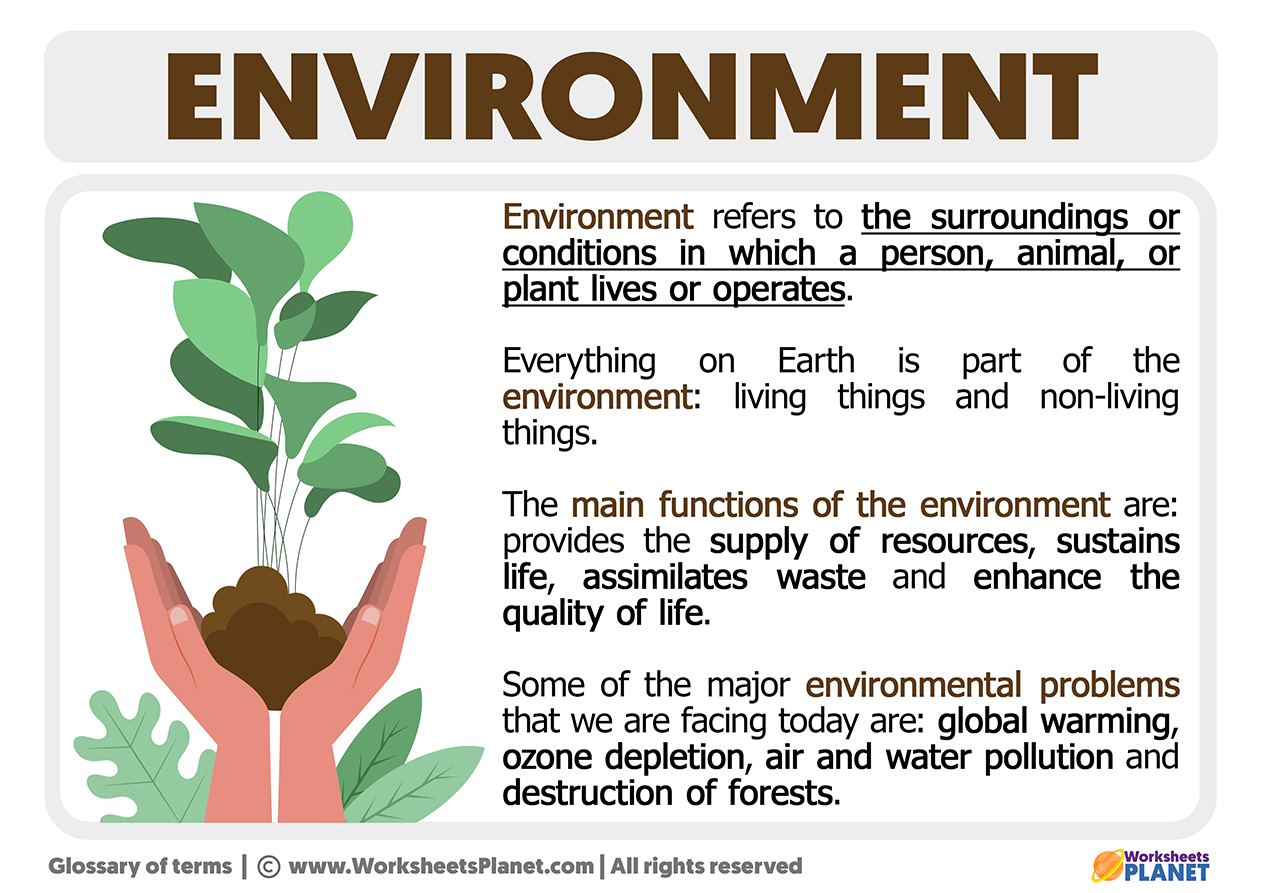Provides Input About Environment And Environmental Conditions
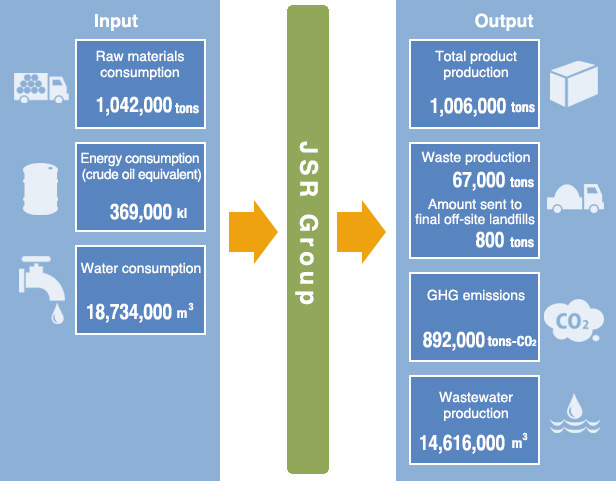
Scientists and environmental experts convened this week at the International Symposium on Environmental Monitoring in Geneva, Switzerland, to present new research and discuss pressing challenges facing the global environment. The conference, held from October 26-28, brought together leading figures from academia, government agencies, and non-profit organizations to share insights and collaborate on solutions to environmental degradation.
This year’s symposium focused on the crucial role of comprehensive environmental monitoring in understanding and mitigating the impacts of climate change, pollution, and biodiversity loss. Discussions ranged from advancements in sensor technology to the application of artificial intelligence in environmental data analysis. The ultimate goal is to improve the accuracy and effectiveness of environmental protection efforts worldwide.
Key Findings and Discussions
One of the central themes of the symposium was the growing urgency of addressing climate change impacts on vulnerable ecosystems. Dr. Anya Sharma, a lead researcher at the Global Institute for Climate Studies, presented compelling data on the accelerated melting of glaciers in the Himalayas and its potential consequences for water resources in South Asia.
Dr. Sharma’s research highlighted the need for enhanced monitoring of glacial melt rates and the development of adaptive strategies to cope with water scarcity. “The data is clear,” she stated, “we are facing a significant threat to water security in the region, and we need to act decisively to mitigate the risks.”
The symposium also featured presentations on the increasing levels of plastic pollution in the world's oceans. Professor Kenji Tanaka from the University of Tokyo shared his team's findings on the distribution and impact of microplastics on marine life.
His research underscored the need for more effective waste management strategies and the development of biodegradable alternatives to plastic. Professor Tanaka emphasized that international collaboration is essential to tackle this global issue. "No single nation can solve this problem alone. We need a coordinated effort to reduce plastic waste at its source and clean up existing pollution," he argued.
Advancements in Monitoring Technology
Several sessions were dedicated to exploring cutting-edge technologies for environmental monitoring. Innovations in remote sensing, including satellite imagery and drone-based sensors, were showcased as tools for collecting high-resolution data over large areas.
Environmental Solutions Inc. presented their latest generation of air quality sensors, capable of detecting pollutants at extremely low concentrations. These sensors are designed to be deployed in urban areas and industrial sites to provide real-time data on air quality and inform public health advisories.
The use of artificial intelligence (AI) and machine learning in environmental data analysis was another significant topic. Researchers demonstrated how AI algorithms can be used to identify patterns and trends in environmental data that would be difficult or impossible to detect using traditional methods. This enables more accurate predictions of environmental changes and more effective management of natural resources.
Impact and Implications
The discussions and findings presented at the symposium have significant implications for environmental policy and management. The increased focus on climate change impacts underscores the need for stronger mitigation efforts and adaptation strategies.
Governments and international organizations are being urged to invest in comprehensive monitoring programs to track environmental changes and assess the effectiveness of their policies. The advancements in monitoring technology offer new opportunities to collect high-quality data and improve our understanding of complex environmental processes.
Furthermore, the emphasis on international collaboration highlights the importance of sharing knowledge and resources to address global environmental challenges. The symposium served as a platform for building partnerships and fostering cooperation among researchers, policymakers, and practitioners from around the world.
Human Interest Angle
Beyond the scientific discussions, the symposium also touched on the human dimension of environmental degradation. Several speakers shared stories of communities affected by climate change, pollution, and biodiversity loss. These personal accounts served as a powerful reminder of the real-world consequences of environmental problems and the importance of finding solutions that benefit both people and the planet.
For example, Maria Rodriguez, a community leader from a coastal village in the Philippines, spoke about the devastating impact of rising sea levels on her community. Her testimony highlighted the urgent need for climate adaptation measures and the importance of empowering local communities to participate in environmental decision-making.
"We are losing our homes, our livelihoods, and our culture," she said. "We need help to adapt to the changing climate and protect our future."
Conclusion
The International Symposium on Environmental Monitoring provided a valuable platform for sharing knowledge, fostering collaboration, and addressing pressing environmental challenges. The key findings and discussions will inform environmental policy and management efforts around the world.
By highlighting the importance of comprehensive monitoring, technological innovation, and international cooperation, the symposium contributes to building a more sustainable and resilient future for all. The event concluded with a call to action, urging individuals, organizations, and governments to prioritize environmental protection and work together to create a healthier planet.

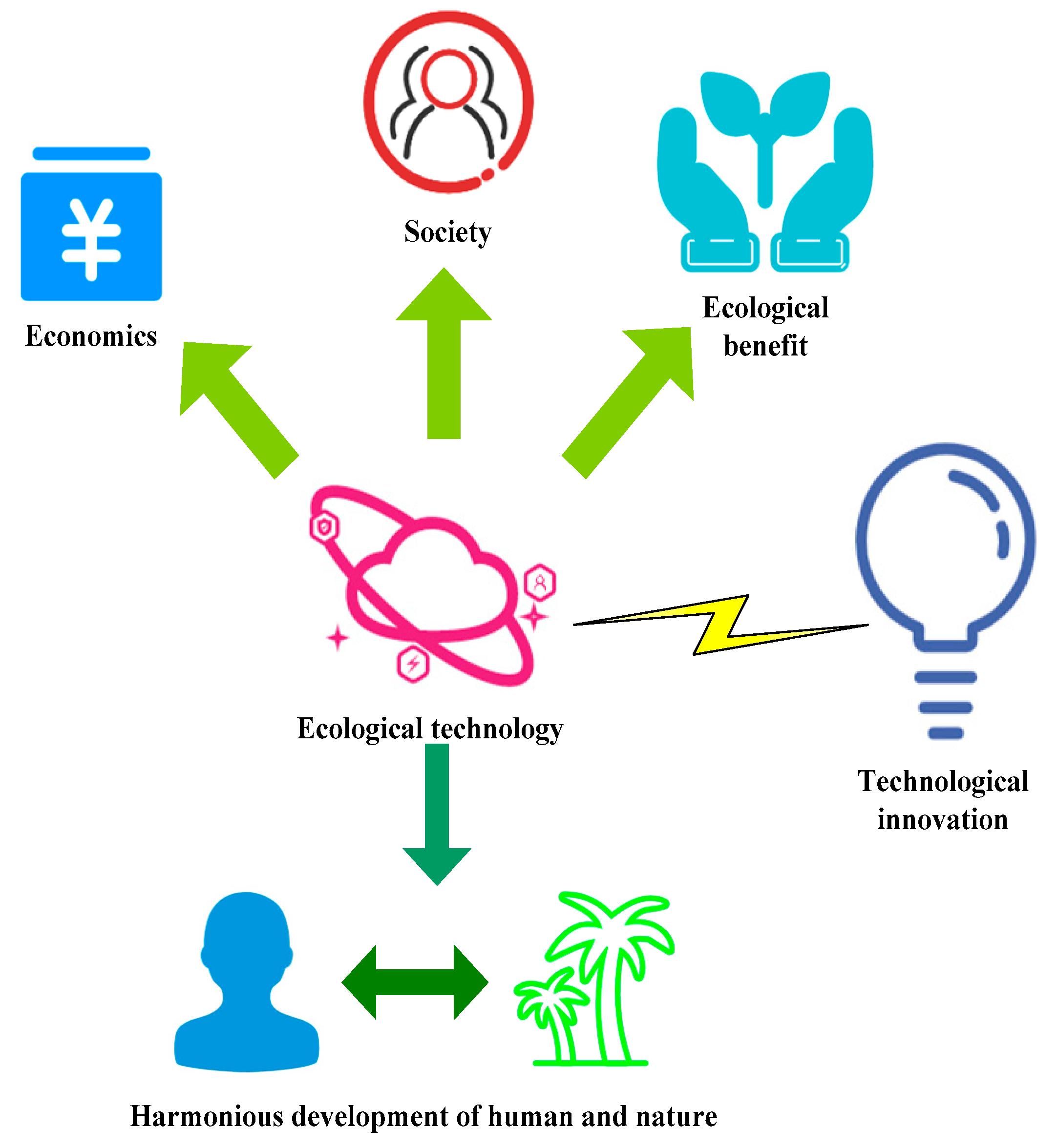
![Provides Input About Environment And Environmental Conditions [Economics] What is Enviroment? and it's components - Class 12](https://d1avenlh0i1xmr.cloudfront.net/9f7b795c-18a8-472d-8ed5-0cb191dd2534/slide35.jpg)

